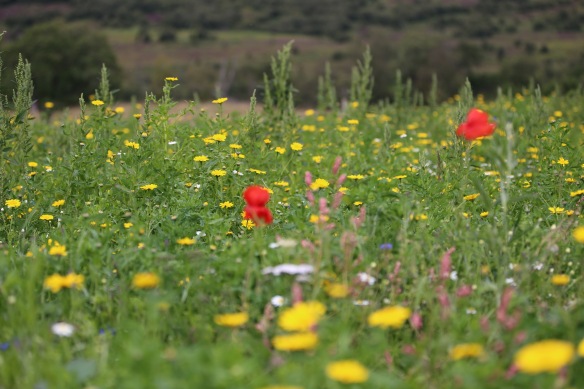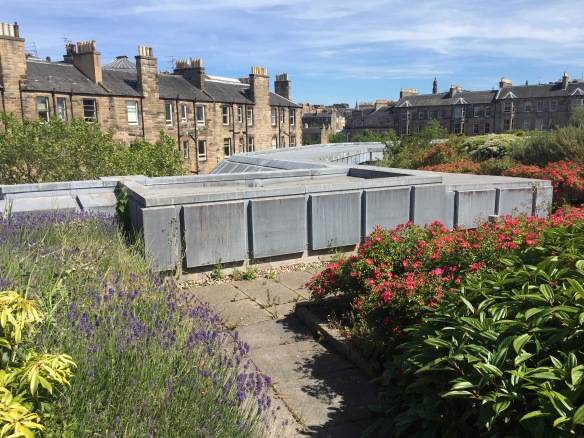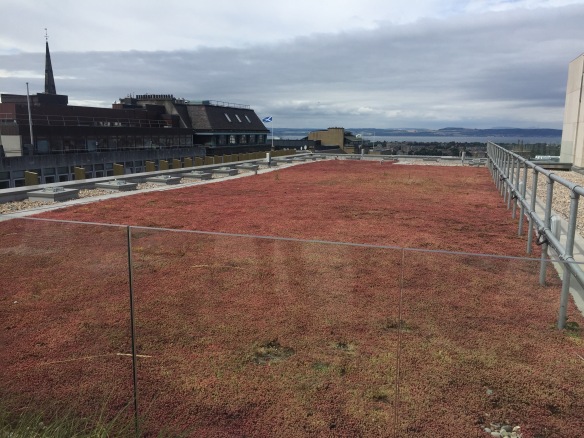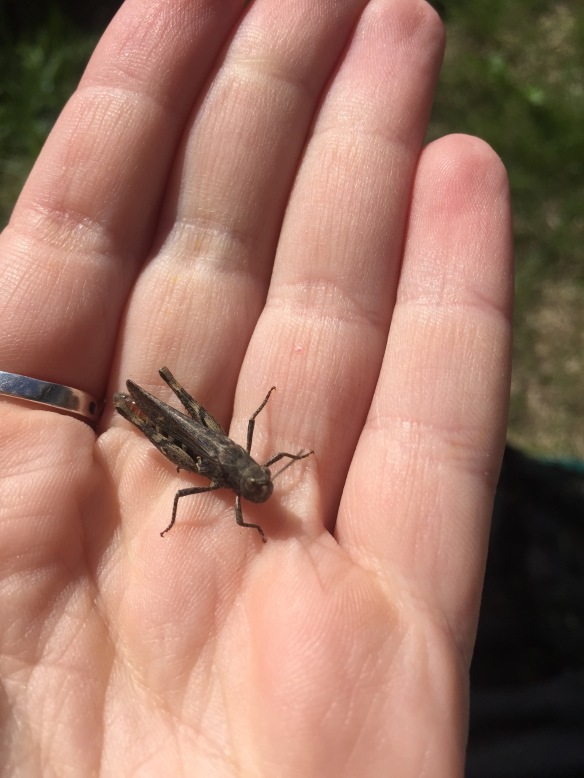Insects and other invertebrates dominate virtually every ecosystem in the world. They represent about 80% of Earth’s biodiversity, and insects alone comprise over a million species. But this figure is just for the described species: their total number has been estimated to lie between 3 million and as many as 80 million. Scotland is the home to at least 24,000 invertebrate species, more than 12 times the number of all UK bird, mammal and vascular plant species combined. By Athayde Tonhasca (Scottish Natural Heritage).

Invertebrates form the basis of most food chains, and play vital roles in ecological processes which humans depend on such as seed dispersal and pest control. They are the engineers of soil ecosystems, enhancing microbial activity, decomposition and nutrient cycling. As most, if not all, terrestrial organisms depend directly or indirectly on biological processes in the soil, soil invertebrates are keystone organisms, underpinning life on Earth: without them the world’s ecosystems could collapse. These ecosystem services are estimated to be worth billions of pounds to the global economy each year.
Pollination alone is a crucial ecological service; most flowering plants depend on animal pollination for reproduction, and the productivity and quality of around 75% of the world’s main food crops are increased by animal pollination. Additionally, animal-pollinated crops contribute with vital nutrients, vitamins and minerals, and their shortage would aggravate the worldwide ‘hidden hunger’ of micro-nutrient deficiency that afflicts two billion people worldwide. The economic benefit of this ecological service has been estimated to be £132 billion annually, or 9.5% of the world agricultural production value. In Scotland, pollination by insects (mostly bees and flies) has a market value of about £43 million, or around 5% of the value of all crops.

A number of studies indicate that some insect populations have been decreasing since the late 20th century. These declines are a warning of possible impacts of insect losses on biodiversity and ecological services, but we simply don’t know enough about the overwhelmingly majority of insects. For the species and groups for which declines have been demonstrated, habitat loss and fragmentation, land conversion, agricultural intensification, landscape homogenisation, urbanization, pesticides and pollution are considered the main causes. It is not possible to quantify or rank these factors because every species is affected in different ways and at different degrees; some species adapt to disturbance, others do not.

Climate change has increasingly becoming one of the greatest threats to the planet’s biodiversity. Models predict that UK species will respond to global warming by migrating northwards at a regional level and upwards at a local level to keep up within their temperature tolerance ranges. Indeed, Scottish species in upland and boreal habitats have become rare or extinct elsewhere in the UK or Europe.
Climate change may have significant indirect effects: seasonal life cycles (phenology) of many plants, herbivores, predators and pollinators are synchronised; changes in temperature and humidity patterns can disrupt these interactions, leading to segregation between plants and their pollinators. However, our understanding of the processes involved is poor and therefore the magnitude of climate-induced effects cannot currently be predicted.
What should we do to protect insects and other invertebrates?
- The greatest obstacle to insect conservation is the scarcity of basic information about species taxonomy, biology and ecology; millions of insect species remain undiscovered and undescribed, and the abundance and distribution of identified species are mostly unknown. We need to support and encourage efforts to close these gaps.
- We need to boost the public awareness and profile of insects; except for charismatic (e.g., butterflies), commercially important (honey bees), or medically-relevant (mosquitoes), invertebrates are not always viewed as important.
- We need to promote the conservation of semi-natural habitats, reduce pollution, and prevent the spread of invasive species.
- We need to expand integrated pest management (IPM) practices to reduce pests to economically and ecologically sustainable levels.
However, much more is needed to protect “the little things that run the world“.
All images courtesy and copyright of Pauline Smith
Text by Athayde Tonhasca (Scottish Natural Heritage)







 Normal life cycle. Worker bumblebees have relatively short lives — four weeks is the average lifespan. At the end of the season, only the new queens will live to establish new colonies the following year – the rest of the colony dies. Old bumblebees often can be identified by their ragged wings. Additionally, all bees chuck out debris and dead bees from their nest to maintain hygiene, so a cluster of dead bumblebees could mean that there is a nest nearby, even though you may not see it.
Normal life cycle. Worker bumblebees have relatively short lives — four weeks is the average lifespan. At the end of the season, only the new queens will live to establish new colonies the following year – the rest of the colony dies. Old bumblebees often can be identified by their ragged wings. Additionally, all bees chuck out debris and dead bees from their nest to maintain hygiene, so a cluster of dead bumblebees could mean that there is a nest nearby, even though you may not see it.









